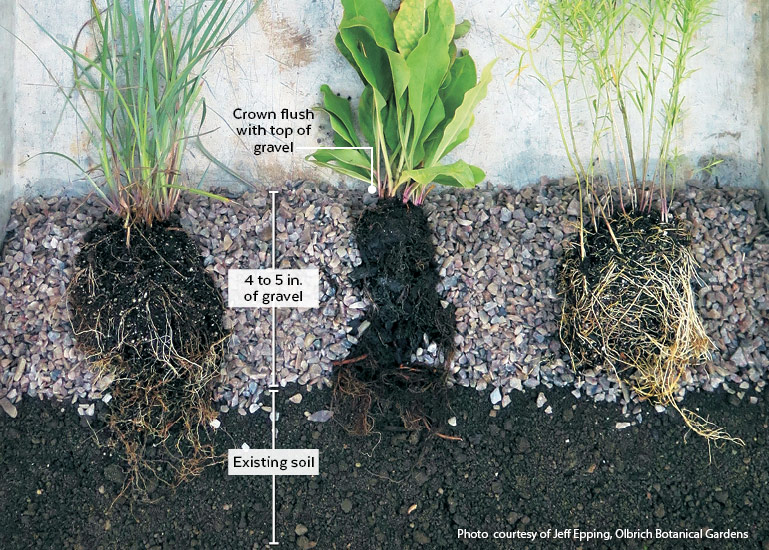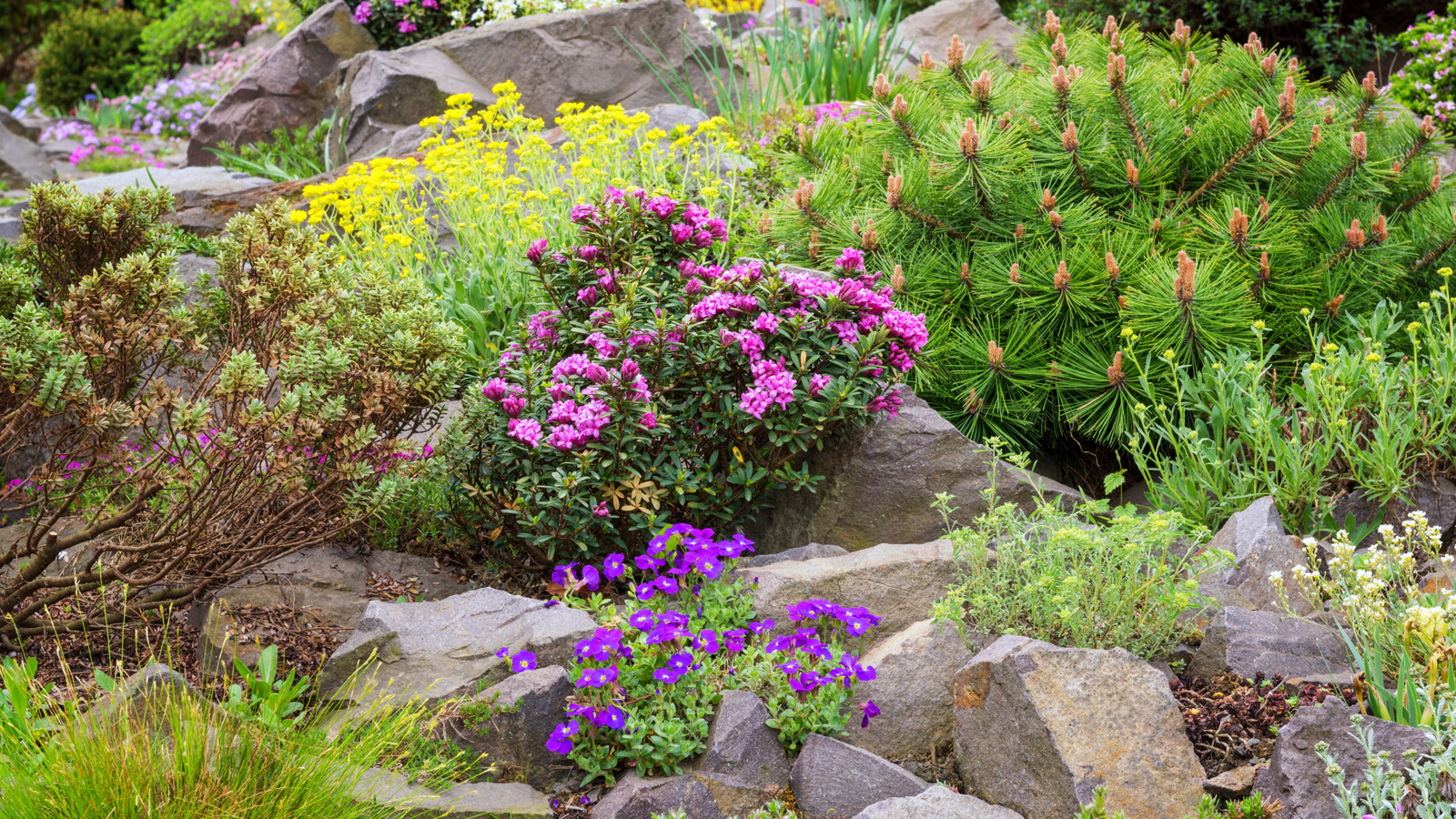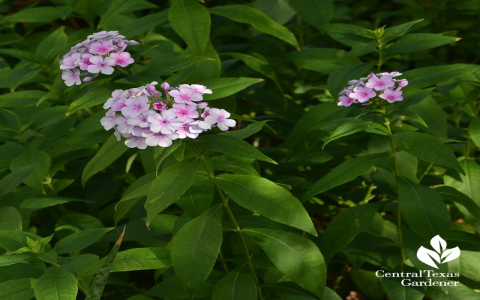Alright, let me tell you about this little experiment I ran, trying to grow plants straight in gravel. No soil. Sounds kinda nuts, right? But I got tired of the mess soil makes, especially indoors on the patio pots, and wanted something that looked cleaner, maybe easier?
Getting Started with Gravel
So, first thing, I needed gravel. Didn’t go for anything fancy, just your basic pea gravel from the local garden center. Got a couple of bags. Important step: I washed the heck out of it. You wouldn’t believe the dust and junk that comes off that stuff. Rinsed it in batches in an old colander until the water ran mostly clear. Didn’t want that silt clogging things up, even though there wasn’t any soil.

Then I needed containers. I used a few different things I had lying around – some terracotta pots, an old plastic tub. Figured I’d see what worked best. Drilled extra holes in the bottom of the plastic one, just in case.
Picking the Plants (and Hoping for the Best)
Now, what to plant? I didn’t go in totally blind. I had a hunch that plants used to tough conditions might work. My first picks were:
- Some tough succulents, like Hens and Chicks (Sempervivum)
- A few Sedums, the creeping kind
- Tried an ornamental grass I had spare
- Even stuck an air plant (Tillandsia) on top in one pot, just to see.
I basically just nestled the roots down into the gravel. Didn’t pack it tight, just enough so the plants stood up. Felt weird not using soil, gotta admit.
Watering and Feeding – The Tricky Part
Okay, watering. This was the learning curve. First time I watered, it just poured straight through the gravel and out the bottom. Obvious, I know, but seeing it happen really drove it home. Gravel holds basically zero water compared to soil.
So, plan B. I started watering more often, just a little bit each time. For the pots, I put them in shallow saucers to catch a tiny bit of runoff, hoping the very bottom layer of gravel would wick some moisture up. Big realization: these plants still needed food. Gravel has no nutrients. So, I got some basic liquid fertilizer, the kind you mix with water, and started using that maybe once every couple of weeks during the growing season. Diluted it quite a bit at first, didn’t want to burn the roots.
What Happened? The Good and the Bad
It wasn’t all smooth sailing. Some of the first succulents I tried just rotted. I think even with gravel, if the base sat in water in the saucer too long, it was too much for them. Had to adjust how much water I left in the saucer, basically tipping most of it out right after watering.
The ornamental grass looked okay for a while, then just kinda stalled. Never really thrived. My guess is it just needed more substance, more consistent moisture than the gravel could give.

The winners? The Sempervivums and Sedums were champs. They seemed to handle the quick draining and drying cycle pretty well, as long as they got that nutrient water regularly. They actually spread a bit! The air plant, well, it just sat there looking happy. It didn’t root in the gravel, just used it as a base, so that’s kinda cheating, but hey, it looked good.
So, Does it Work?
Yeah, you can grow some plants in just gravel. But let’s be real, it’s not magic. You trade soil management for water and nutrient management. You gotta be more on top of watering because it dries out fast, and you absolutely have to provide nutrients yourself since the gravel offers none.
It looks really neat and tidy, I’ll give it that. Great for certain looks, maybe minimalist setups or rock garden vibes. But it’s best suited for plants that naturally like sharp drainage – think succulents, alpines, things like that. Don’t expect to grow tomatoes in a bucket of gravel without a proper hydroponic setup. This was just a simple, down-and-dirty test. Was interesting though, learned a lot just by doing it.



















